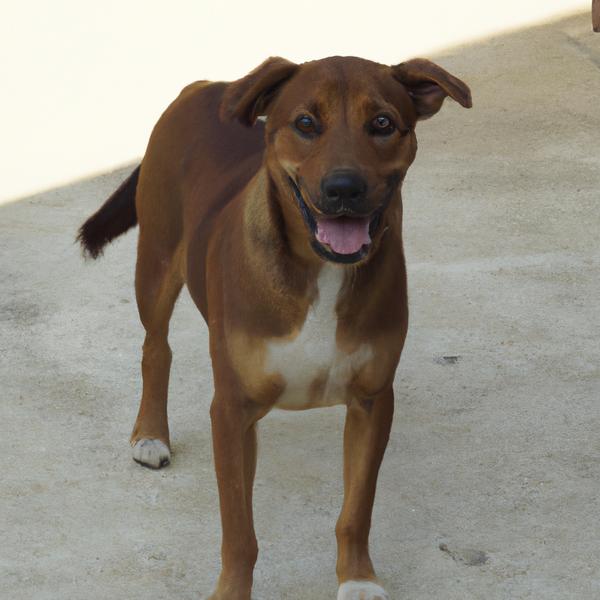Rottle vs. Rottweiler: Breed Differences and Similarities
Hypoallergenic
Are Rottles or Rottweilers hypoallergenic, or neither?
Unfortunately, neither Rottle nor Rottweiler are hypoallergenic, which may not make them the best choice for dog lovers who suffer from pet allergies.
Temperament
What are the personalities of Rottle and Rottweiler dogs?
Active
Independent
Protective
Alert
Courageous
Intelligent
Loyal
Trainable
Fearless
Good-natured
Faithful
Instinctual
Alert
Fearless
Independent
Loyal
Courageous
Good-natured
Intelligent
Protective
Shedding Level
Do Rottles shed more than Rottweilers, or which breed sheds more, Rottles or Rottweilers?
Rottles are low shedding dogs, requiring minimal coat care.
Rottweilers are moderate shedders, but regular brushing can reduce shedding and maintain coat health.
Watchdog Ability
Which dog breed makes a better watchdog, the Rottle or Rottweiler?
Rottles make excellent watchdogs - they're vocal and protective of their territory.
Choose a Rottweiler if you want a top-notch watchdog. This breed takes guarding seriously, and may not require much training, though obedience or guard dog training can improve their skills.
Origin
What is the origin of Rottle and Rottweiler dog breeds?
Germany
Germany
Ancestry
What are the origins of Rottle and Rottweiler breeds?
Poodle, Rottweiler
mastiff, german shepherd, roman drover dog
Date of Birth
When were Rottle and Rottweiler breeds first developed?
1980s
ancient times
Eye Color Possibilites
What are the eye colors of Rottle and Rottweiler dogs?
Brown
Brown
Nose Color Possibilites
What are the natural nose colors of Rottle and Rottweiler?
Black
Black
Coat Color Possibilites
What are the natural colors of the coat for Rottle and Rottweiler breeds?
Black
Gray
Brown
Red
Cream
Blue
White
Pied
Black
Coat Length
What is the typical coat length for Rottle and Rottweiler breeds?
Rottles have longer coats compared to most dogs.
Rottweilers have coats that can be either short or medium in length.
Coat Density
What is the density of the coat of Rottle and Rottweiler?
Coat Texture
What is the hair texture of Rottle and Rottweiler?
Curly
Wiry
Litter Size
What is the usual litter size for Rottle and Rottweiler?
A Rottle can have a litter of 8-12 puppies on average. However, it's worth noting that the size of the litters can vary greatly. Factors that can influence litter size include the health of the mother, breeding history, and genetics.
A Rottweiler can have a litter of 8-11 puppies on average. However, it's worth noting that the size of the litters can vary greatly. Factors that can influence litter size include the health of the mother, breeding history, and genetics.
Adaptability
Rottles are known for their adaptability and can adjust well to different environments and lifestyle changes.
Rottweilers have average adaptability to changes in lifestyle and living environments compared to other breeds.
Health Issues
Between Rottle and Rottweiler, which breed is more prone to health problems?
Rottle and Rottweiler breeds are generally considered to be healthy. However, like all breeds, they are susceptible to certain health issues and it is important to keep an eye out for them and address them with your veterinarian as needed.
Major Concerns
What are the major health concerns for Rottle and Rottweiler breeds?
Patellar Luxation
Hip And Elbow Dysplasia
Subaortic Stenosis
Mitral Valve Dysplasia
Gastric Dilation Volvulus (GDV) or Bloat
Osteosarcoma
Hip And Elbow Dysplasia
Bloat
Subvalvular Aortic Stenosis
Lymphoma
Minor Concerns
What minor health issues should be kept in mind when owning Rottle and Rottweiler?
Sebaceous Adenitis
Von Willebrand's Disease
Osteochondritis Dissecans
Progressive Retinal Atrophy (PRA)
Entropion
Panosteitis
Progressive Retinal Atrophy
Von Willebrand's Disease
Osteochondritis Dissecans
Occasional Tests
What occasional tests are recommended for Rottle and Rottweiler breeds?
Eye Examination
Skin Evaluation
Cardiac Ultrasound
Blood And Urine Analysis
Diagnostic Imaging
DNA
Eye
Hip
Elbow
Blood
Blood Test
X-Rays
Eye Examination
Physical Examination
Energy
How do the energy levels of Rottles and Rottweilers compare?
Rottles are suitable for those with a balanced lifestyle as they have an average energy level.
Rottweilers' high energy levels make them unsuitable for a low-key dog, choose accordingly.
Social Needs
Rottle vs Rottweiler social needs comparison
Rottle and Rottweiler have very high social needs. These needs include regular mental and physical stimulation, a job or purpose, and companionship. They thrive in environments where they have a lot of interaction with humans and other dogs.
Exercise Needed
Rottle vs Rottweiler exercise need comparison.
Rottles require significant physical activity and suit those with an active lifestyle.
Rottweilers need moderate physical activity and are great for families and active individuals.
Sleeping Need
Which of the two sleeps the most/least: Rottle or Rottweiler?
Rottle and Rottweiler dogs tend to sleep less than some other breeds, but it's still important for them to get adequate sleep in order to maintain good health.
Tendency to Bark
Do Rottles or Rottweilers bark more/less frequently?
Rottles bark moderately when necessary and may also bark due to certain triggers like fear, alarm, boredom, greeting, separation anxiety and compulsive barking.
Rottweilers are typically quiet and only bark when needed, such as to alert their owner or when in distress.
Mouthiness
Mouthiness Comparison: Rottle vs Rottweiler?
Roaming urge
Rottle vs Labrador: Running away tendency?
Prey Drive
Rottle or Rottweiler - which breed has a higher level of prey drive?
Activity Level
Which breed has higher energy, Rottles or Rottweilers?
Rottles are high-energy dogs. They need mental as well as physical exercise. These dogs require a lot of your involvement and without it they can, and will, become problematic dogs.
Rottweilers are medium-energy dogs and typically enjoy socializing and playing casual or even sustained games of chase with other dogs. They may also have occasional periods of barking or racing around the house.
Tolerance of being left alone
Walks per Week
How many miles should Rottle or Rottweiler walk each week?
There's really no limit to how far you walk your dog as long as they're comfortable. For Rottle, it's at least 14 miles / week. Just remember to build distance and stamina gradually over time.
There's really no limit to how far you walk your dog as long as they're comfortable. For Rottweiler, it's at least 10 miles / week. Just remember to build distance and stamina gradually over time.
Activity per Day
Do Rottles or Rottweilers require more exercise?
In general most Rottles usually need at least 90 minutes of exercise daily. This can be spread across the day and include all sorts of high-energy activities, like walking, running and playing.
In general most Rottweilers usually need at least 75 minutes of exercise daily. This can be spread across the day and include all sorts of high-energy activities, like walking, running and playing.
Grooming
Which breed is easier to maintain in terms of grooming, Rottles or Rottweilers?
The Rottle requires an average amount of grooming compared to other breeds.
The Rottweiler is a low-maintenance breed that doesn't require much grooming.
Brushing Frequency
What is the recommended brushing frequency for Rottle and Rottweiler dogs?
Ideally, Rottle should be brushed at least 2 or 3 times a week (preferably daily) improve shedding.
Rottweiler should be brushed at least once a week. Of course you can give them more frequent brushes if you find that they are still shedding a lot
Brushing Tools
What brushing tools are used for Rottles and Rottweilers?
Pin Brush
Comb
Clipper
Nail Clipper
Slicker Brush
Deshedder
Nail Clipper
Cups
How much food should be given to Rottle or Rottweiler in cups?
For an average 60-100 pound (27 - 45 kg) Rottle feed 3.5 cups daily. But, keep in mind, the amount you feed is going to be dependent on the quality of the food you are feeding.
For an average 85-135 pound (39 - 61 kg) Rottweiler feed 3.3 cups daily. But, keep in mind, the amount you feed is going to be dependent on the quality of the food you are feeding.
Daily Cost
Which breed has a higher daily cost, Rottle or Rottweiler?
The average cost of a Rottle is somewhere $3.40 - $4.50 per day.
The average cost of a Rottweiler is somewhere $2.10 - $2.70 per day.
Monthly Cost
Which breed has a higher monthly cost, Rottle or Rottweiler?
The average per month expenses of a Rottle is between $101 - $134. This makes an average of $1212 - $1608 per year. It will be on the higher side when the dog is still small because it will need more frequent visits to the vet, shots.
The average per month expenses of a Rottweiler is between $55 - $73. This makes an average of $660 - $876 per year. It will be on the higher side when the dog is still small because it will need more frequent visits to the vet, shots.
Intelligence
Comparing Intelligence: Rottles vs Rottweilers
Rottle is a very intelligent and trainable breed.
Rottweiler is highly intelligent and very trainable.
Sensitivity Level
How do Rottle and Rottweiler compare in sensitivity?
These breeds are more sensitive than others and easily overwhelmed by new surroundings and people. Rottle and Rottweiler need gentle handling and a calm, stable home environment with positive reinforcement training.
Affection Dependance
Which is the more affectionate dog breed: Rottle vs Rottweiler?
Apartment Friendly
Which breed is more apartment-friendly: Rottle or Rottweiler?
The Rottle is a great apartment dog, thriving with sufficient exercise and time outside as part of their daily routine.
Rottweilers are good apartment dogs as long as they get enough exercise and stimulation outside of the apartment.
Child Friendly
Do Rottles or Rottweilers have a friendlier temperament towards children?
Rottles are good with kids if socialized and trained from a young age.
Rottweilers are not the best choice for families with kids.
Senior-friendly
Which dog is more suitable as a pet for the elderly - Rottle or Rottweiler?
Cat Friendly
Do Rottle or Rottweiler breeds have a better compatibility with cats?
Rottles are good with cats, but early training is needed to prevent chasing behavior.
Rottweilers are average in their friendliness toward cats and tend to do well with them, especially if raised together.
Dog Friendly
Which breed is more sociable with other dogs: Rottle or Rottweiler?
Rottles are average in their friendliness towards other dogs, and socialization can help.
Rottweilers are not dog-friendly.
Pet friendly
How do Rottle or Rottweiler dogs interact with other pets?
Stranger Friendly
Which breed is more friendly with strangers: Rottle or Rottweiler?
Rottles are averagely friendly around strangers but benefit from early socialisation.
Rottweilers are not very stranger friendly.
Playfulness
Which breed is more playful between Rottle and Rottweiler?
Rottles are a playful breed that needs daily playtime to be happy.
Rottweilers have an average level of playfulness, enjoying playtime like most dogs but not excessively so.
Trainability
How do the trainability levels of Rottles and Rottweilers compare?
Rottle and Rottweiler dogs are known for their ease of training and ability to learn quickly, making them a popular choice for pet owners and trainers alike.
Compare Rottle with other breeds
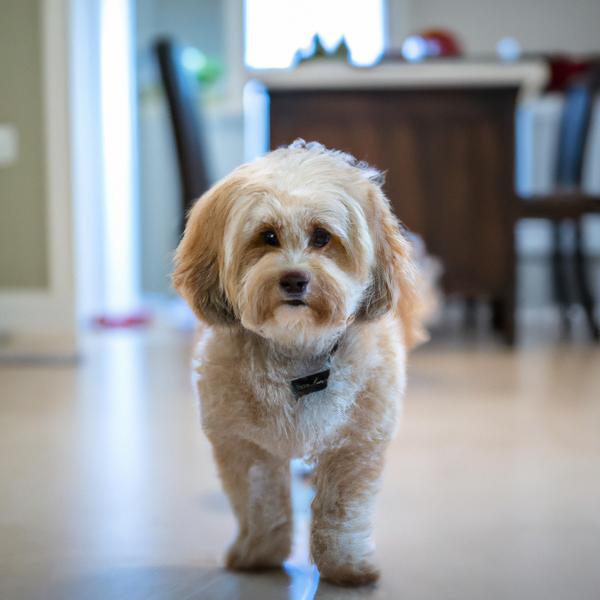
Lhasapoo
Rottle vs Lhasapoo

Malchi
Rottle vs Malchi

Schipper-Poo
Rottle vs Schipper-Poo
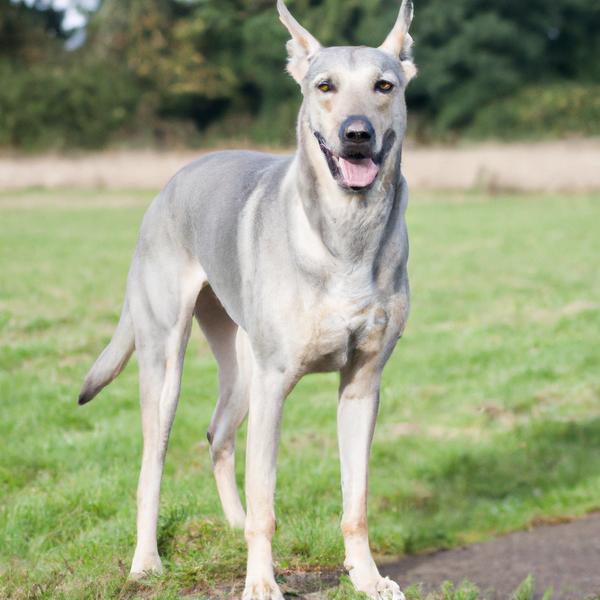
Weimshepherd
Rottle vs Weimshepherd
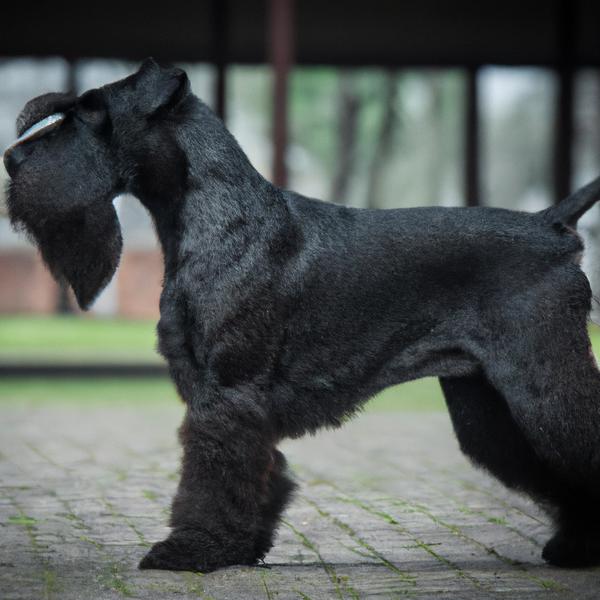
Giant Schnauzer Chin
Rottle vs Giant Schnauzer Chin

Chin-Ocker
Rottle vs Chin-Ocker
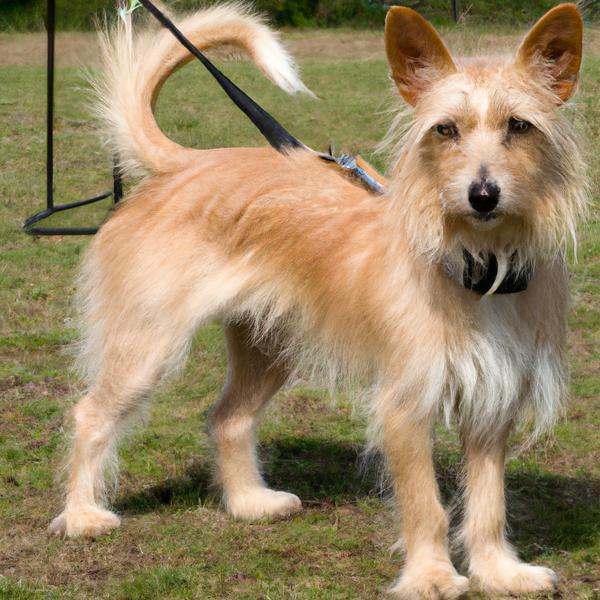
Wire Foxingese
Rottle vs Wire Foxingese
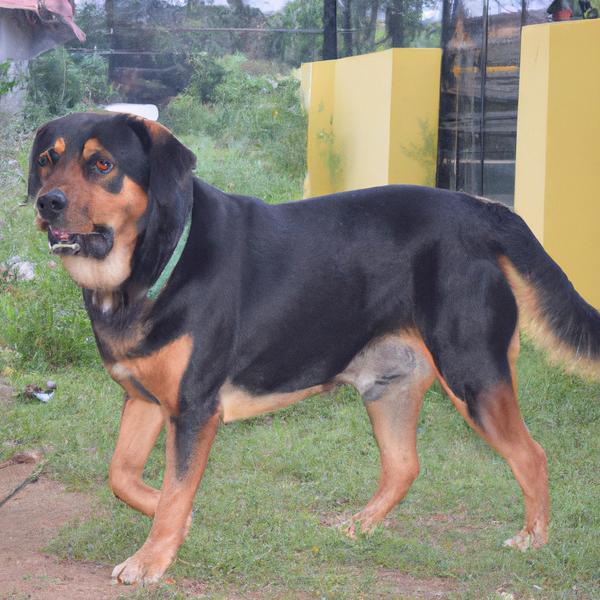
Reagle
Rottle vs Reagle
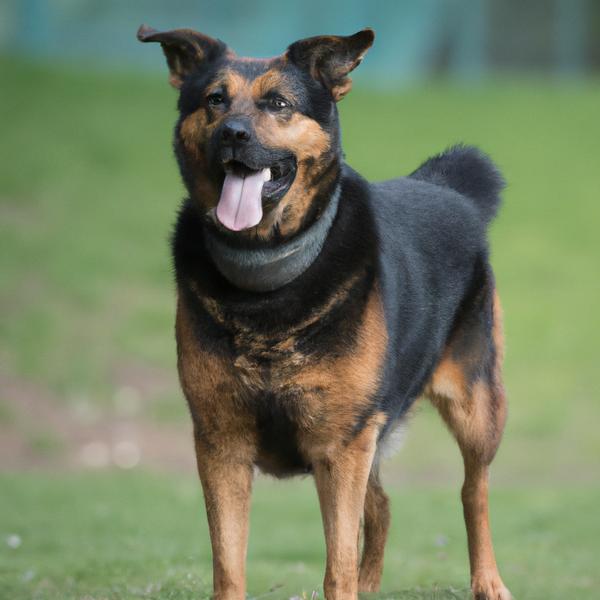
Shepweiler
Rottle vs Shepweiler
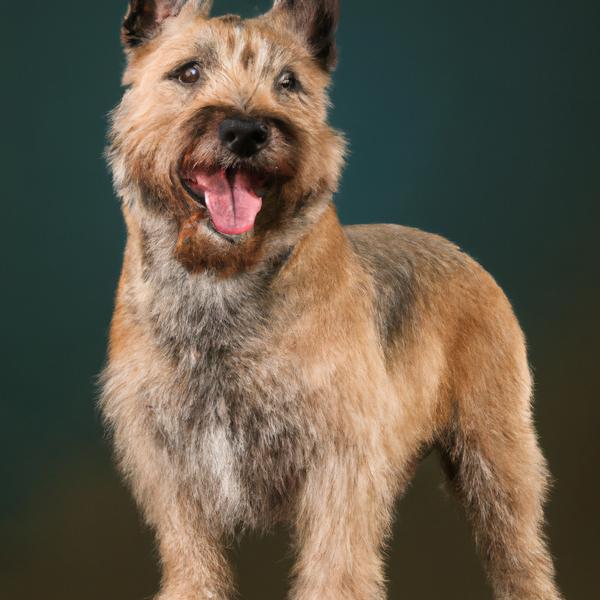
Cairland Terrier
Rottle vs Cairland Terrier
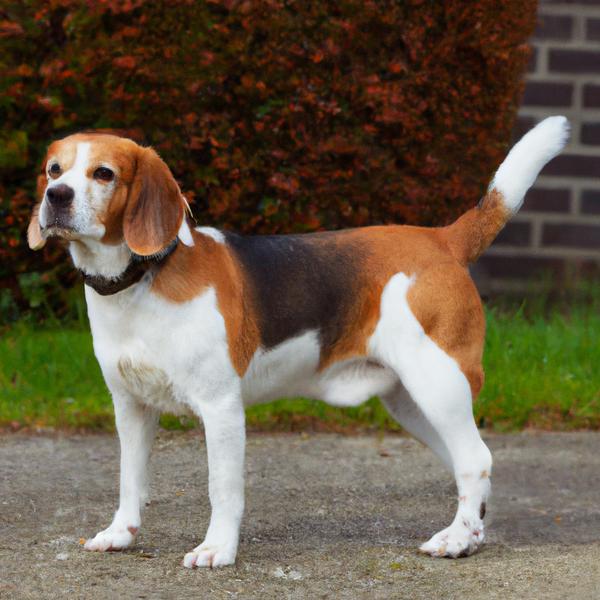
English Speagle
Rottle vs English Speagle
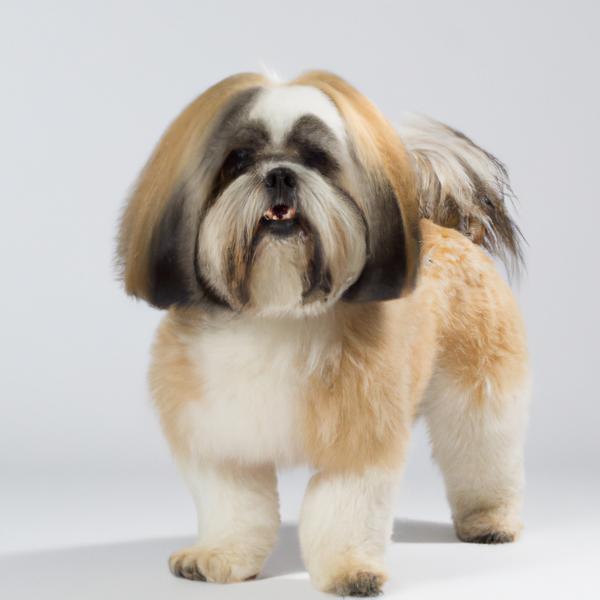
Lhatese
Rottle vs Lhatese
